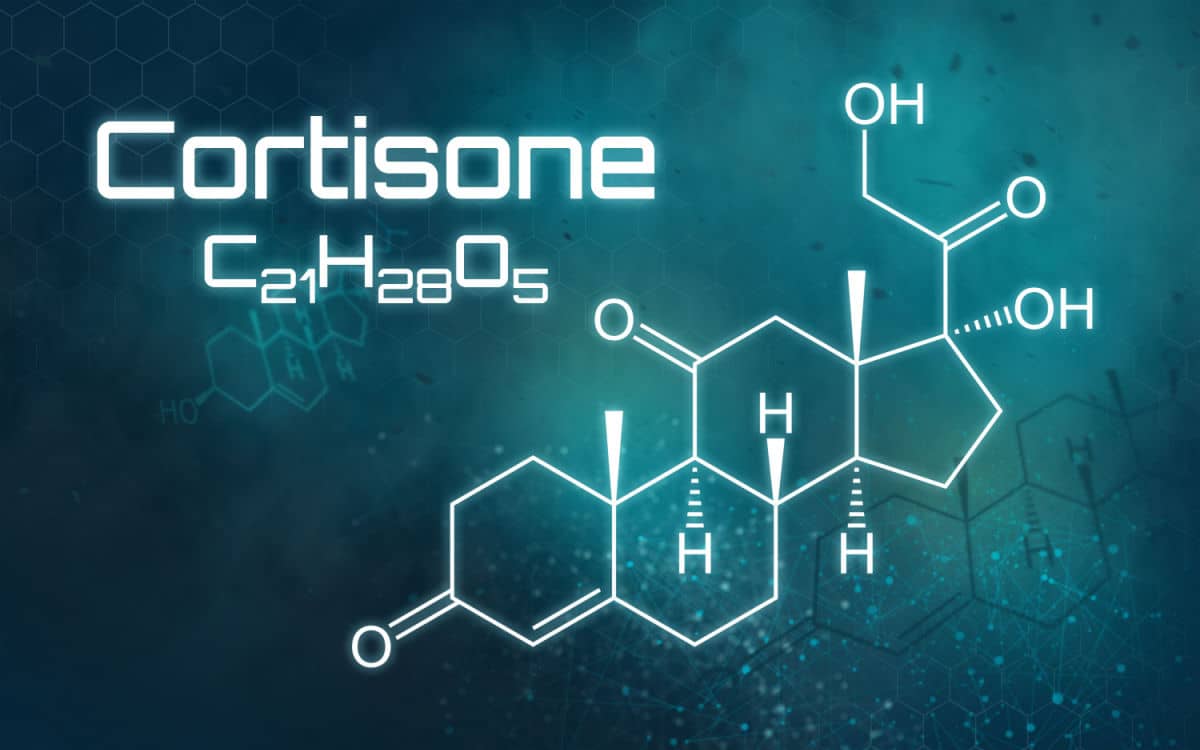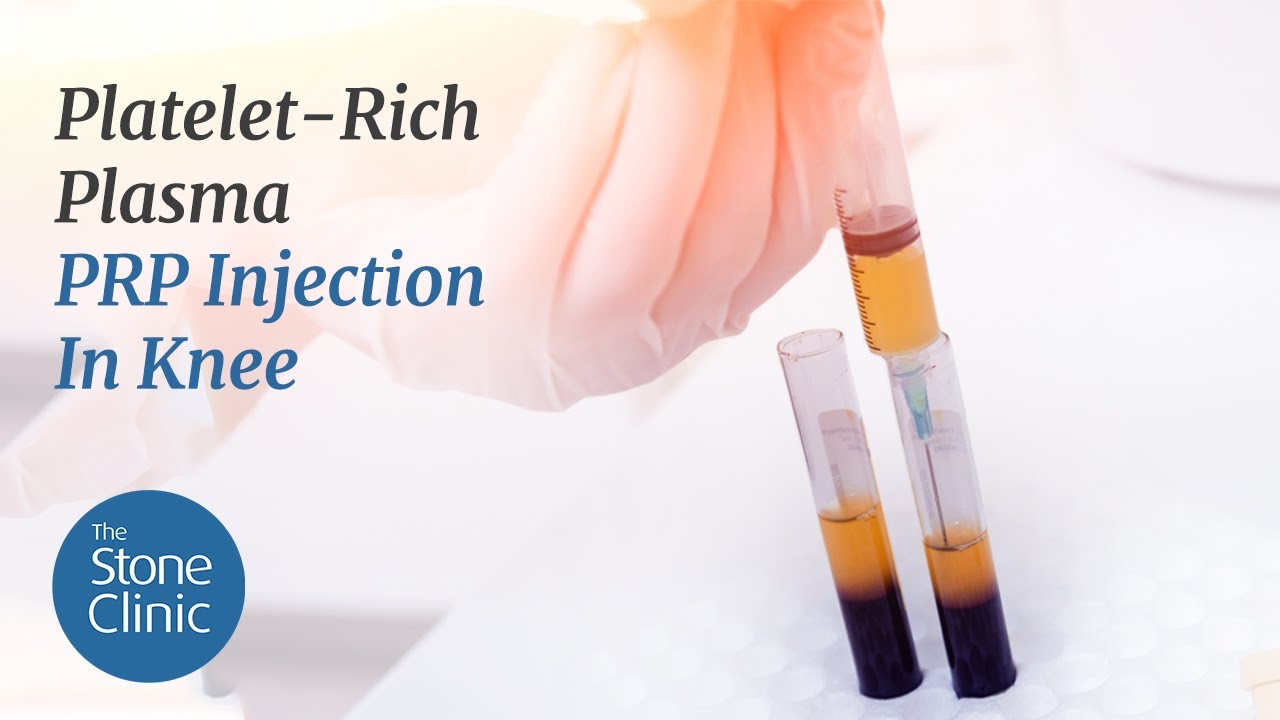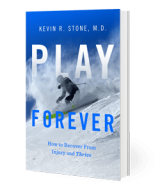Cortisone: The End of an Era
Cortisone, a therapeutic drug used to fight ailments ranging from asthma to arthritis, is produced by the adrenal gland and influences the functioning of most of the body’s systems. Throughout the 20th century, it was the athlete’s best friend. But in orthopaedics today, cortisone use has a significant downside.

Since the discovery of cortisone’s antirheumatic properties in 1948—followed soon after by its synthetic commercial production—the drug has been injected into every variety of swollen joint, inflamed tendon, sore back, and aching body. The anti-inflammatory nature of the drug soothed pain, reduced swelling, and permitted the athlete to further injure themselves time and time again.
We now know that a cortisone injection interferes with the body’s natural healing process, which works like this: When tissues are overused, overstretched, or torn, the cells of those tissues release factors that recruit blood vessels, stem cells, and other healing factors. With that inrush of fluids, the tissue temporarily swells. Over time, with the laying down of new collagen (the protein that makes up most of our body) the injured tissue heals. Some tissues heal normally; others heal with scar tissue that can often remodel into normal tissue over time.
Cortisone shuts down this cellular recruitment process in part by shutting down cellular metabolism. It reduces swelling but also, unfortunately, inhibits healing. The result is that the damaged tissues stay in the weakened state for a longer period of time, sometimes exposing the athlete to repeat injury or permanent damage. This panacea drug has always had this hidden, harmful risk. If used too often, or in the wrong place—such as the Achilles tendon—the tissues can completely rupture and never return to their full, uninjured state.
Tendonitis is a great example. It often starts at the elbow, after a hard golf or tennis shot. Micro or macro tears of the collagen fibers initially start to heal but for unknown reasons stop the process and over time become chronically degenerated. This dead tissue releases enzymes that cause pain. Cortisone sometimes helps, but it does nothing to repair the injury. In fact, it often weakens it further.
Fortunately, the cortisone era is ending. We now realize that the best response to tissue injury is to stimulate stronger healing. This is achieved by feeding the cells that are trying to repair the injury and by recruiting more progenitor or stem cells to guide the complex healing process. This tissue stimulation relies on a combination of careful, early tissue mobilizations. It is often performed by expert physical therapists, with early joint and tissue-controlled exercises that stimulate repair rather than irritate the injury. We also use direct application of growth factors and sometimes stem cells. Needling and occasional surgery are necessary to induce a big enough healing response.
Since we now better understand the injury-healing cycle and have the tools to boost the system, we almost always use stimulation factors first. Hopefully, this will relegate the cortisone strategy of shutting down the body’s natural healing process to the twentieth century.
This blog is adapted from Dr. Stone's book, Play Forever: How to Recover from Injury and Thrive. To learn more about anabolic therapy for sports injuries, you may purchase Play Forever on Amazon.
Here's How We Are Using PRP Injections for Joint Pain & Arthritis
Our use of pain-relieving injections focuses on stimulating your body’s own internal pharmacy to improve the site of your injury in the following ways:
- accelerating the healing process
- shutting down inflammation
- limiting scar formation
- recruiting repair cells to support healing
At The Stone Clinic, we combine PRP with HA to create a broadly stimulating "cocktail" to induce a healing response in both non-operative and post-operative patients.


